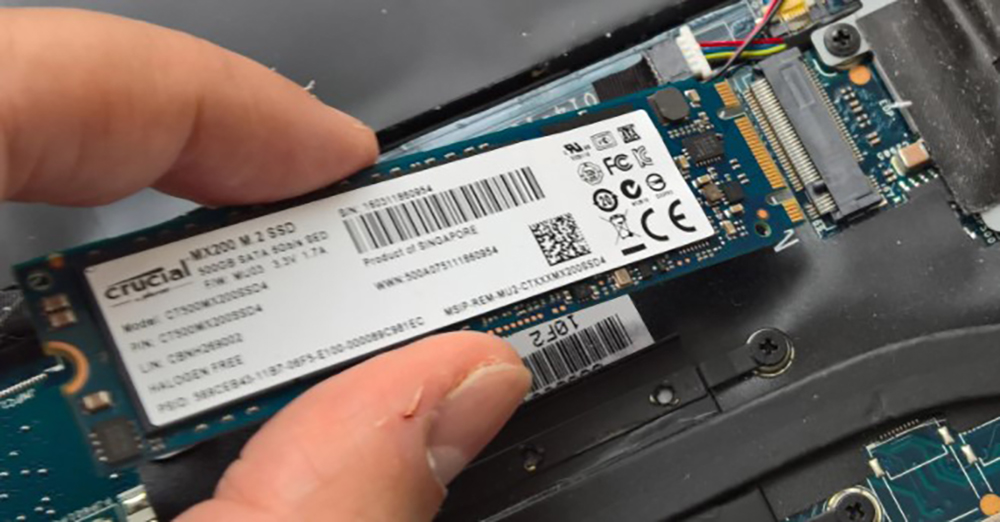One of the most frequently asked questions on Page these days is whether there is a model with an SSD or an optional SSD. Which means it’s about to be the most delusional time of the year, as well. Here are some things to keep in mind when it comes to flash drives: Memory-based SSDs will soon replace computers as storage devices.
What is an SSD?
SSD stands for Solid State Drive. In the past, data was stored on HDDs called mechanical hard drives. Let me first explain how an HDD works. HDDs are made up of magnetic disks, and data is stored on those magnetic disks, divided by the binary system 0 and 1. It uses a lever-like lever to rotate the magnet to read and store this data.
The 5600 RPM, 7700 RPM on HDDs is the speed of the magnet, and the faster the better. In other words, HDDs are made of a material called mechanical and can be easily damaged. SSDs are not like that because HDDs do not contain mechanical parts and are less likely to be damaged. And the way it works is very different from an HDD.

Electronic signals are stored on a chip called NAND Flash memory without the use of magnets to store data. The way SSDs work is a bit like RAM. RAM uses memory chips called volatile memory, which disappear when the power is turned off. SSDs use memory chips that are stored even when the power is off, called non-volatile memory. Because it is stored as an electronic signal, data storage, It reads faster and is a major difference with HDDs.
In the early 1950s, 1970s and 1980s, SSD-like technology was used only on high-end supercomputers. However, it was very expensive and the storage capacity was only 2MB ~ 20MBs, so it was not available to everyone until 1990. It was mainly used in military technology and space exploration. In the early 1990s, with the advent of technology, SSD prices plummeted. But age and size are still an issue.
















